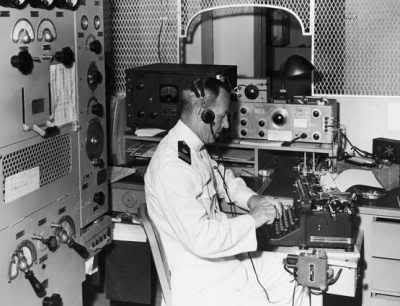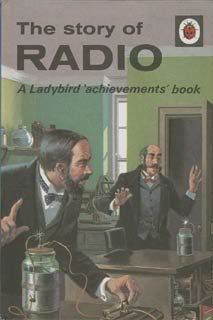
It has been a few weeks since I dug out my neglected scanners and despite not being able to spend hours with them I have still had an enjoyable time reacquainting myself with them and experimenting.
Despite the growing use of digital transmission systems there is still a lot to listen to on the airwaves. I should note at this point that using a scanner to monitor anything that is not intended for 'General Reception' is illegal.
The Amateur bands are fairly quite around my location, however I was pleasantly surprised to be able to here to receive a number of Amateur repeaters both on the 2 meter and 70cm bands despite appearing to be outside the predicated coverage.
The CB bands are also very quiet but I suspect that is more to do with the high levels of interference I seem to be suffering. I have been struck by the apparent increase in interference (QRM) on a lot of the bands since I last used the receivers. I can hardly hear anything on the short wave HF bands except the more powerful commercial transmitters.
I suspect this interference is down to the proliferation of computers and associated peripherals, wired and wireless networking. Energy saving fluorescent lamps and microprocessor system in all manner of consumer equipment such as TVs, PVRs, DVD players for example means the airwaves are full of noise.
The Radio Society of Great Britain (RSGB) who represent the thousands of Amateur radio operators have begun to campaign to save the radio spectrum from such interference, specifically they are currently campaigning against the threat poised by the proliferation of PLA/PLT devices (such as HomePlug) these devices use the house mains wiring to transmit network data. However what happens is the wiring then acts an effective radio antenna transmitting the traffic at such levels blocking out other legitimate radio transmissions. This sounds(sic) to be in direct contravention of the EMC Directive of the EU that prohibits the manufacturer of any device that interfers with radio and telecommunications equipment.
However despite representations by the RSGB, the BBC and others OFCOM and the last Government have dragged their heals and refused to act. Hopefully the new Collation Government will be different, but I won't hold my breath. More information at UKQRM
However given all this noise there are still things to listen to, of course I haven't since it is illegal, but if I were so inclined there are plenty of analogue VHF/UHF Private Mobile Radio (PMR) systems still being used by commerical organisations. Such as taxi firms, councils, security patrols or by large business to facilitate communication across sites.
In the past it would be difficult to know the source of the transmission often listening for clues to try help identify them such as names of locations, buildings, streets and people for example. However nowadays it has been made a little easier by OFCOM who have allowed on-line access to the Wireless Telegraphy Register database. The use and allocation of radio frequencies is strictly regulated so now if get a hit on a frequency it is possible to use the WRT website to help identify them.
The air and marine bands are still as active as ever, given my location near to a number of RAF bases it could prove interesting if I were also so inclined.

